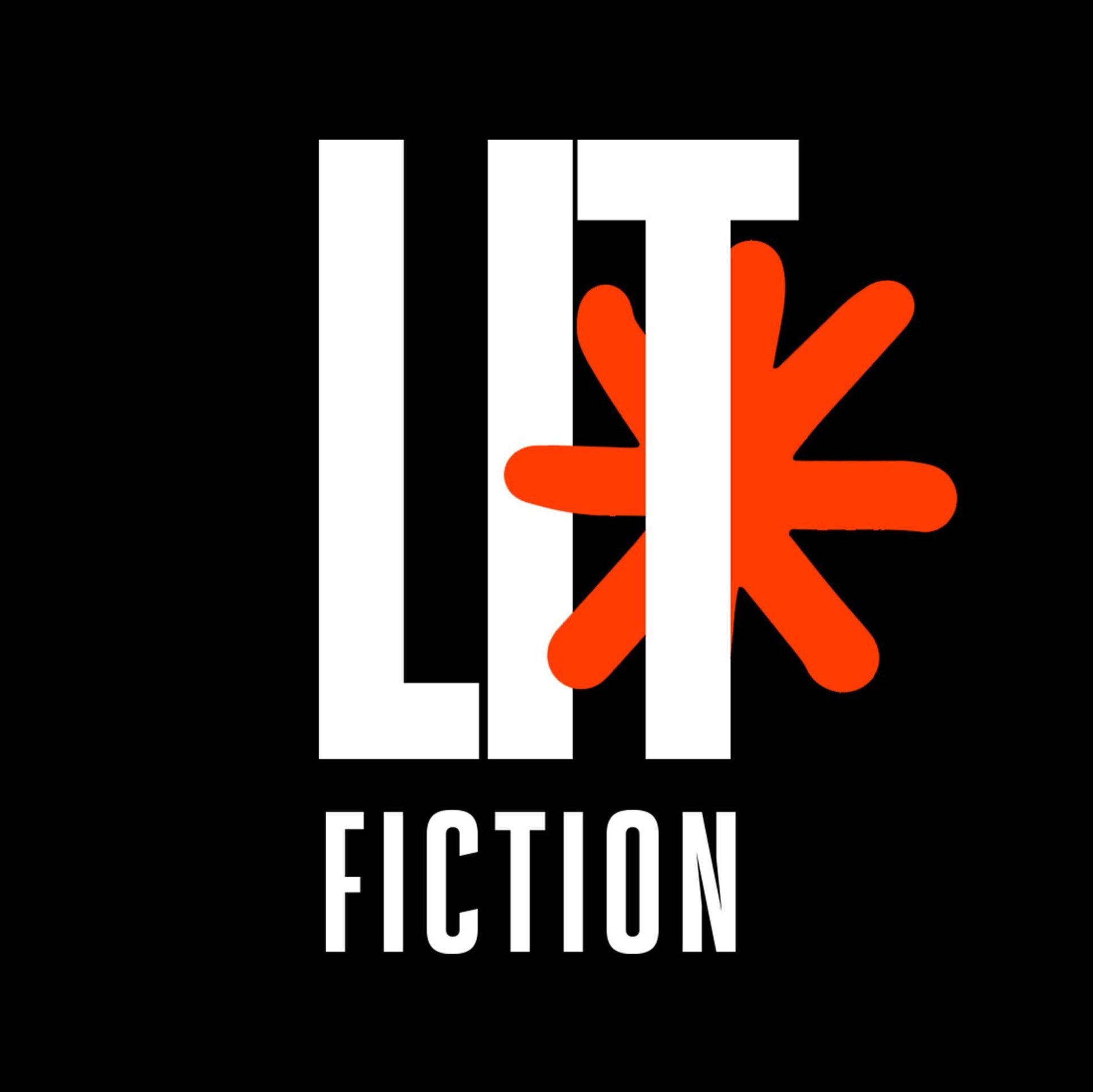This week, Joey, Colin, and Jennifer discuss: “The Bloody Chamber,” by Angela Carter, a feminist retelling of the Bluebeard fairy tale. The story follows a young bride who marries a wealthy and mysterious Marquis. She moves into his opulent castle, where she uncovers dark secrets, including the fates of his previous wives.
Our Thoughts
Jennifer introduces the discussion by summarizing the story and providing context about Angela Carter’s work as a key figure in feminist literature. She notes how Carter subverts traditional fairy tales, placing women in roles that challenge patriarchal norms.
“Carter reimagines classic fairy tales, placing women in more powerful, complex roles… She subverts the genre, offering alternative narratives where women are both protagonists and creators of their own destinies.”
— Jennifer
Joey shares his admiration for the immersive and poetic writing of the story, noting its vivid and graphic nature.
“It’s beautifully poetic, gruesome, and graphic all at the same time… What I really appreciated was how she shifted the focus from the man to the bloody chamber itself.”
— Joey
Colin expresses mixed feelings about the story, particularly critiquing the one-dimensional characterization of the Marquis. While he appreciates the writing, he finds the narrative predictable and feels that the characters lack depth.
“The Marquis felt like a stock villain. I found the story predictable, and while it’s clear it subverts a fairy tale, I couldn’t help but feel it was a bit clichéd.”
— Colin
Key Themes
- Female Empowerment and Patriarchy: The protagonist’s journey is one of self-discovery and defiance against the controlling Marquis. Her eventual rescue by her mother, rather than a male hero, subverts the traditional damsel-in-distress narrative.
- Sexuality and Control: The story explores themes of desire, dominance, and sexual politics. The Marquis’s obsession with power is mirrored in his relationship with his wives, while the protagonist grapples with her curiosity and sense of autonomy.
- Gothic and Supernatural Elements: The story combines gothic horror with magical realism, creating a haunting atmosphere that plays with the reader’s expectations of the genre.
Conclusion
The discussion wraps up with Colin, Jennifer, and Joey reflecting on how “The Bloody Chamber” challenges conventional narratives and offers a rich, feminist interpretation of a classic fairy tale. While opinions differ on some aspects of the story, they all agree that Carter’s prose and thematic depth make this a powerful and provocative tale.

